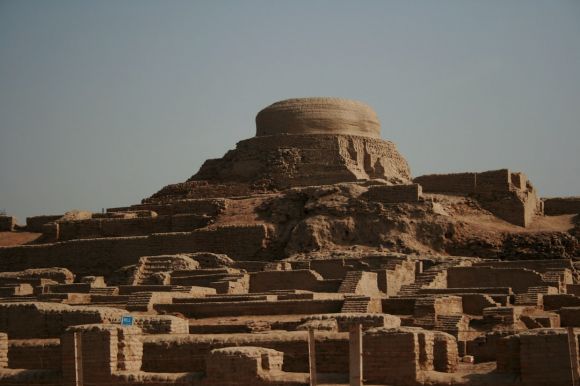The Indus Valley Civilization, also known as the Harappan Civilization, was one of the world’s earliest urban societies. Flourishing from approximately 2600 BCE to 1900 BCE, this ancient civilization spanned across parts of what is now modern-day India and Pakistan. With its advanced urban planning, sophisticated drainage systems, and intricate trade networks, the Indus Valley Civilization was undoubtedly an impressive and highly developed society. However, despite its initial successes, the civilization eventually faced a decline and eventual collapse. In this article, we will explore some of the key factors that led to the decline of this once-thriving civilization.
Environmental Changes
One of the significant factors that contributed to the decline of the Indus Valley Civilization was environmental changes. The region experienced a shift in weather patterns, including a decline in monsoon rains. This decrease in rainfall would have had a significant impact on agriculture, which was the backbone of the civilization’s economy. Without sufficient water for irrigation, the agricultural productivity declined, leading to food scarcity and subsequent societal instability.
River System Changes
The Indus Valley Civilization was built around the Indus River, which provided water for irrigation, transportation, and other essential activities. However, geological studies have revealed that the course of the river shifted over time. This change in the river system would have disrupted the civilization’s agricultural practices, as well as its trade routes. The loss of access to water and transportation would have hindered the economy and ultimately weakened the overall infrastructure of the civilization.
Social and Political Factors
Another significant factor in the decline of the Indus Valley Civilization was social and political unrest. As the civilization grew, so did the complexity of its social structure. The society became more hierarchical, with a clear distinction between the ruling elite and the common people. This social divide, combined with potential resource scarcity, could have led to social tensions and conflicts within the society. Additionally, the centralized political system may have faced challenges in maintaining control over the vast territorial expanse of the civilization, further contributing to its decline.
External Invasions and Trade Disruptions
The Indus Valley Civilization was known for its extensive trade networks, which spanned across the Arabian Sea and into Mesopotamia. However, as with any civilization heavily reliant on trade, disruptions to these networks could have had severe consequences. Historical records indicate that the civilization faced invasions from various groups, including the Aryans from the northwest. These invasions would have disrupted the existing trade routes and led to a decline in economic prosperity. The loss of access to vital resources and markets may have further weakened the civilization, eventually contributing to its collapse.
Conclusion
In conclusion, the decline of the Indus Valley Civilization can be attributed to a combination of environmental changes, river system shifts, social and political factors, as well as external invasions and trade disruptions. These various factors, when combined, would have impacted the civilization’s agricultural productivity, economic stability, and overall societal cohesion. While the exact cause of the civilization’s collapse remains a subject of debate among historians and archaeologists, it is evident that a combination of internal and external factors played a significant role in its decline. The Indus Valley Civilization serves as a reminder of the fragility of even the most advanced societies and the importance of adaptability and resilience in the face of changing circumstances.





